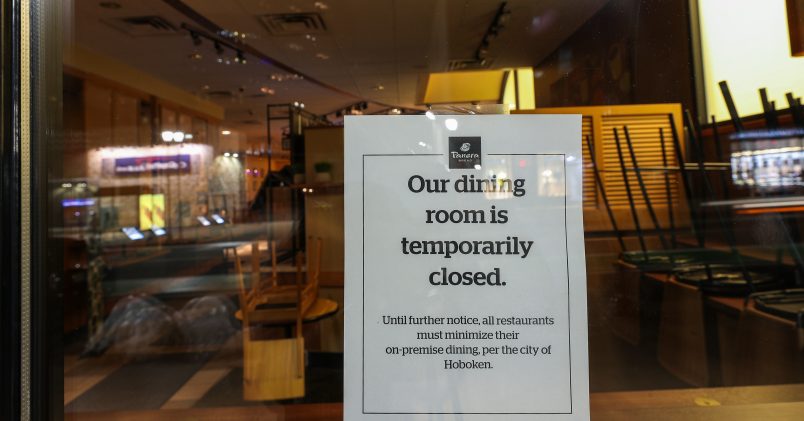It’s an idea that has aligned former Obama administration economists, the Trump White House, and lawmakers of both parties.
The proposal gaining momentum in Washington, D.C., as it grapples with coming economic fallout from the COVID-19 pandemic is a direct cash transfer to millions of Americans.
There are disagreements in size, scope and design among those pushing the idea, but the proponents come from across the ideological spectrum, making those differences easier to overcome.
The quick coalescing around the approach speaks to the economic fears about the coronavirus outbreak that have arisen almost overnight, as well the political dynamics specific to this moment that make an idea typically pushed by the left more attractive to Republicans.
President Obama’s chief economist Jason Furman was among the first to prominently pitch the idea of the government just writing a check to every American as quickly as possible. His initial proposal was $1,000 to individual Americans ($500 for each child), though he and other proponents are now pushing for cash transfers of a larger size.
A few House Democrats quickly adopted the principle, and surprisingly, it also got the early backing of conservative senators like Tom Cotton and Mitt Romney. Soon enough, Senate Democrats were trotting out their own proposals for implementing the idea.
The White House hasn’t backed away from the Trump-favored approach of a payroll tax cut, but on Tuesday Treasury Secretary Steve Mnuchin said direct payments were also an option the administration was considering.
“We are looking at sending checks to Americans immediately,” Mnuchin said at a White House press conference. “What we’ve heard from hardworking Americans, many companies are now shut down whether its bars or restaurants, Americans gave cash now and the president wants to get cash now. I mean now in the next two weeks.”
The idea already appears to have less headwinds in the GOP Senate than Trump’s payroll tax cut proposal. Majority Leader Mitch McConnell called for “direct assistance” for American workers in his Tuesday morning floor remarks, though in remarks to reporters later Tuesday, he declined to get into the details of what the Senate was considering.
For Republicans to embrace any massive stimulus package is remarkable in itself, and is hard to divorce from the political realities of the upcoming election. It also points to how much more dire the economic situation looks now than it did a week ago, when GOP lawmakers were giving President Trump’s payroll tax cut push a cold shoulder.
There were several aspects of a payroll tax cut that made it ill-designed to address the current circumstances, economists told TPM. For one it doesn’t help the Americans who have lost their jobs due to the slowdown in industries like travel, entertainment and restaurants. Only those still getting a paycheck get the boost in cash.
Furthermore, the financial benefit grows the more money you make, making it an inefficient way to boost the Americans — low wage hourly workers and service industry employees — most vulnerable in the current crisis. It is also not particularly helpful for workers in the gig economy whose income will be hurt by Americans staying in.
An analysis by the Institute on Taxation and Economic Policy found that the top 20 percent of income earners would reap two-third of the benefit of a payroll tax cut, while the bottom fifth of income earners would receive only 2 percent of the benefit. A direct cash transfer, particularly one phased out at a higher income levels, would would shift more of the financial benefit to lower earners.
The downside of mean-testing the benefit is that doing so would likely slow down the time it takes to get the money out the door and into people’s pockets.
Regardless, it’s a much quicker way to provide relief than a payroll tax holiday, making it a better match for the sharp drop off that many sectors of the economy are about to experience due to the pandemic.
But the proposal is no silver bullet. The extra cash won’t prompt Americans to buy airline tickets or won’t get them in restaurants — particularly as the government is instructing Americans to stay home to limit the virus’ spread. But it will help workers in the industries most affected to continue to pay their bills, while encouraging others to keep spending in other sectors, hopefully preventing a full scale collapse of the economy.



